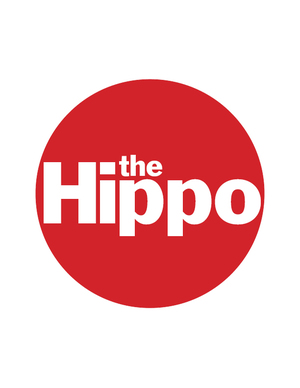Content is key to attracting and retaining an audience.
It seems obvious, but many times we find that print products forget that key part of their business model. In fact, we felt so strongly that legacy print (such as daily newspapers) failed our audience test that we used television more as our model.
In television, it's all about the shows people watch. In other words, content.
At Hippo, we feel the same way. If we do our job making the weekly easy to find, then the next step is that it has to attract a certain kind of reader just as a TV network or cable channel would.
In our case, we decided early on to focus on local content that we created and that only we could have. (In TV parlance, we said no to reruns or syndication.)
For us, that meant carrying no "wire" copy and not running press releases that might appear in multiple places. This has served us well in the digital age. Information can now freely flow to phones and screens everywhere. We thought of it as the homogenization of information. Why would people pay for a copy of a legacy newspaper when most of the info it contains is available online for free? Not so with Hippo content, which is created in-house and only available on our network.
But what content to focus on? That's a big issue, as content naturally selects the audience. If we choose to focus on local sports, we would attract a more male audience; same goes with conservative politics. Looking across the offerings, we saw that no media in New Hampshire focused on food, outdoor activities, live music, events or the arts. We collectively called these "quality of life" areas of interest.
And that's been our internal mantra for more than ten years. Is this a quality of life issue to our audience? If it is then we consider covering it.
Just like a television network, we track the popularity of each issue by counting the returns (those issues left on the racks or in boxes). Over time, we used that knowledge to increase our food coverage and decrease hard news or covers that focused on a single event. We found that returns jump by as much as 10 percent if a dated event was included as the main cover image. We no longer do those kinds of covers.
It seems obvious that content is the key element in building a large audience, but what effect does content have on co-located advertising? It seems to. Though content data for print publications is scant, the concept isn't. Both in television and online, studies show that quality content creates better recall on brands. Sometimes this is called the "halo" effect.

